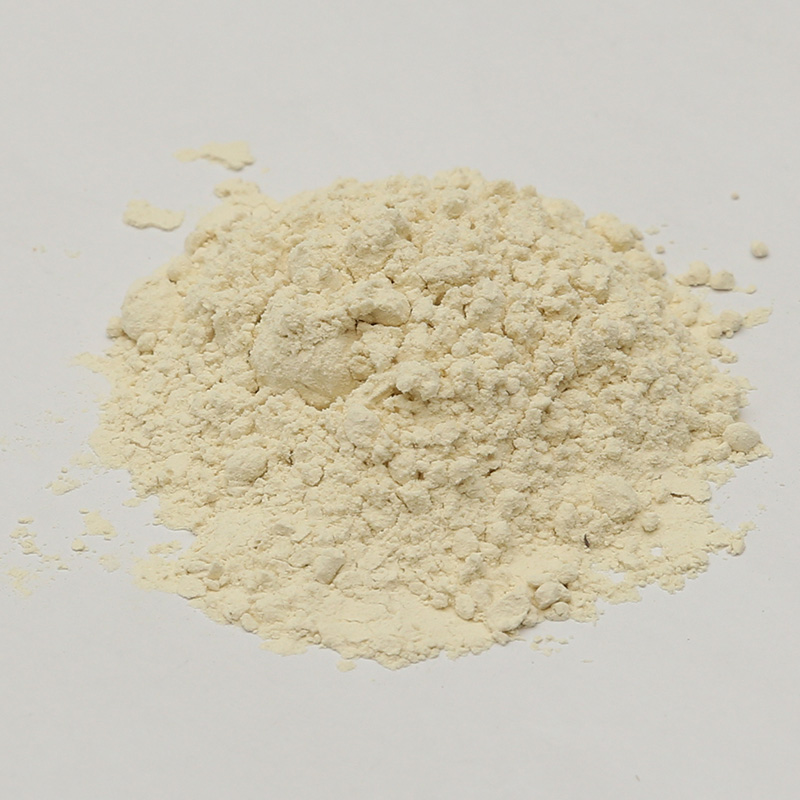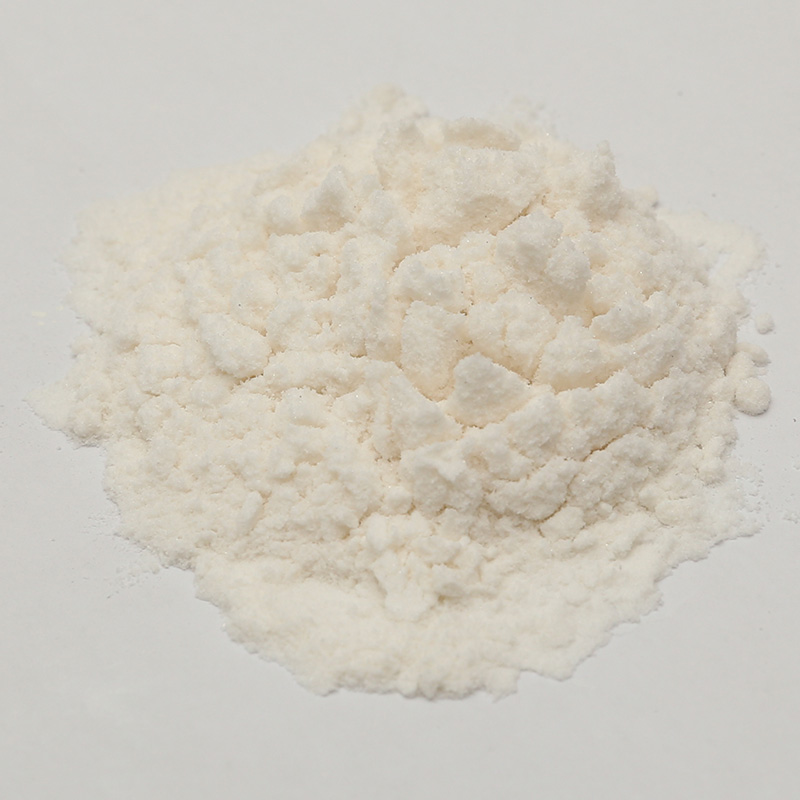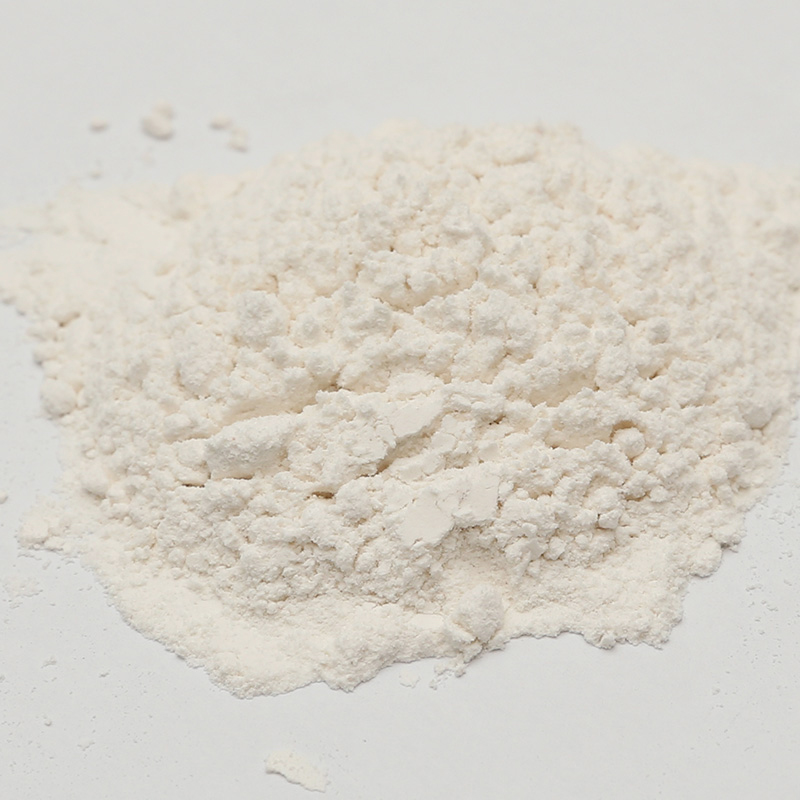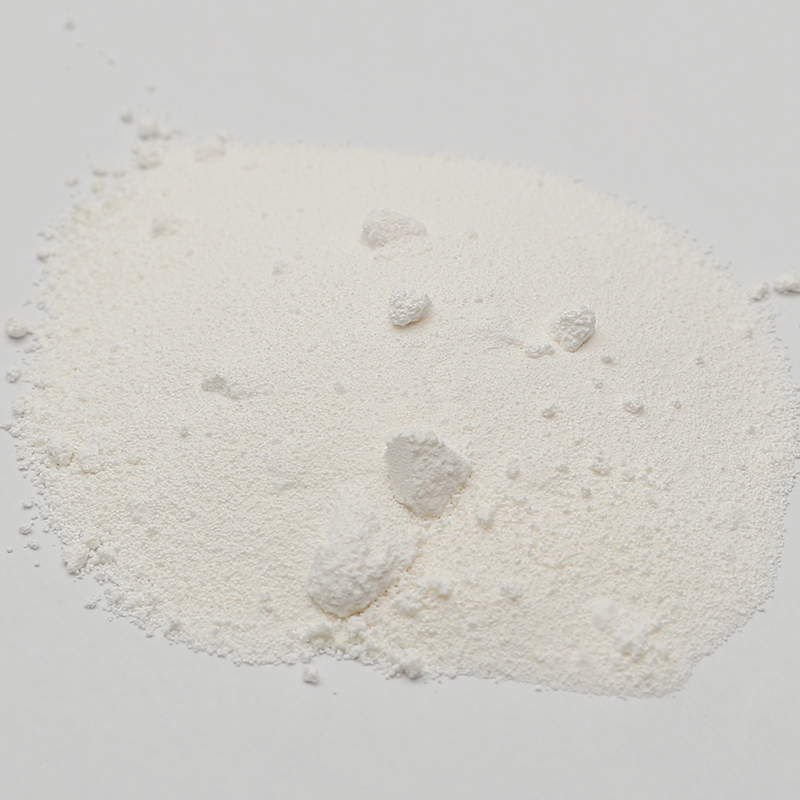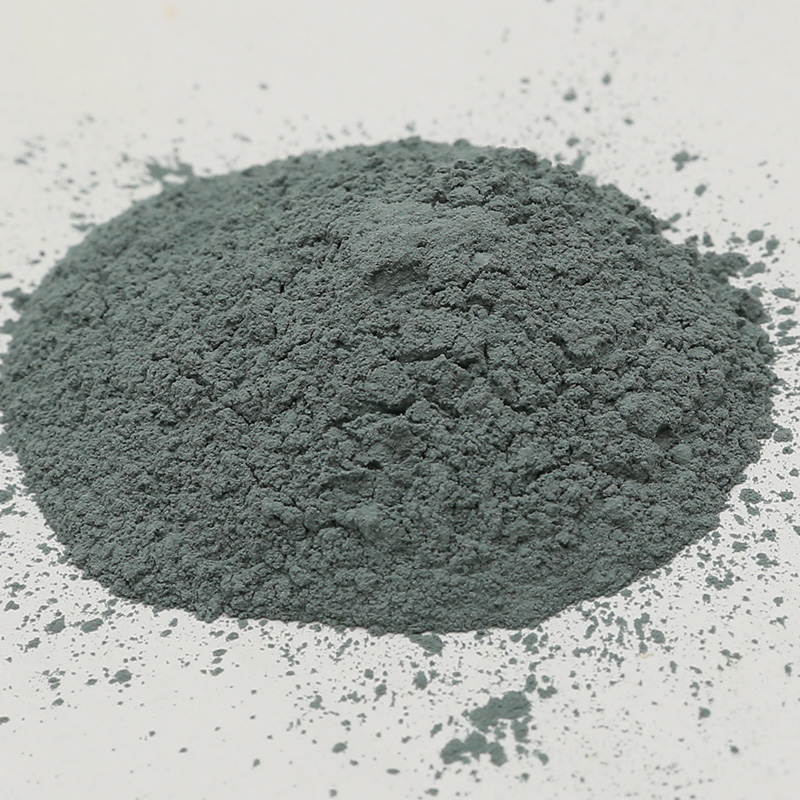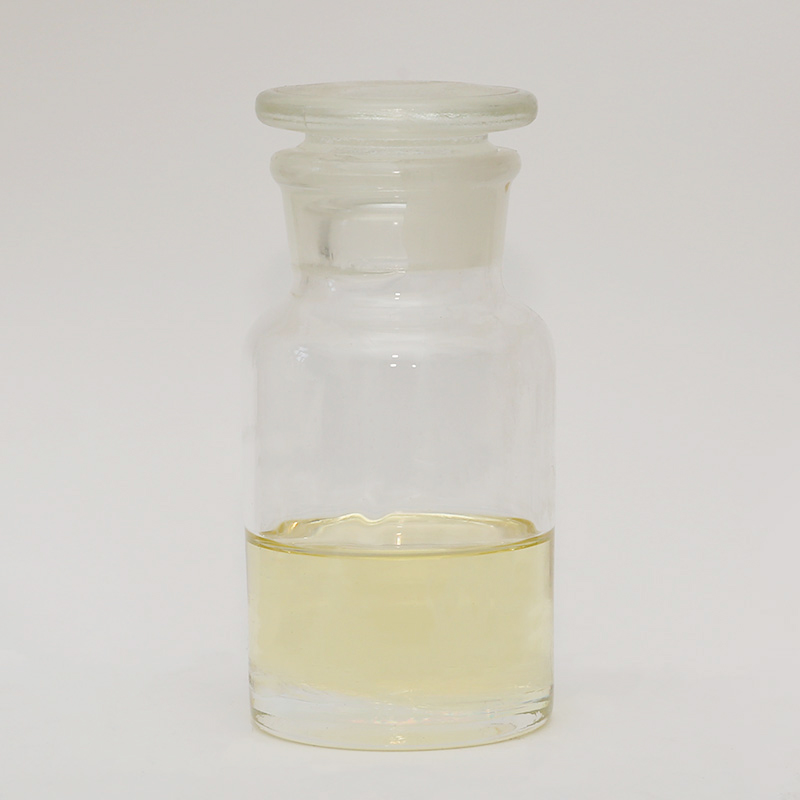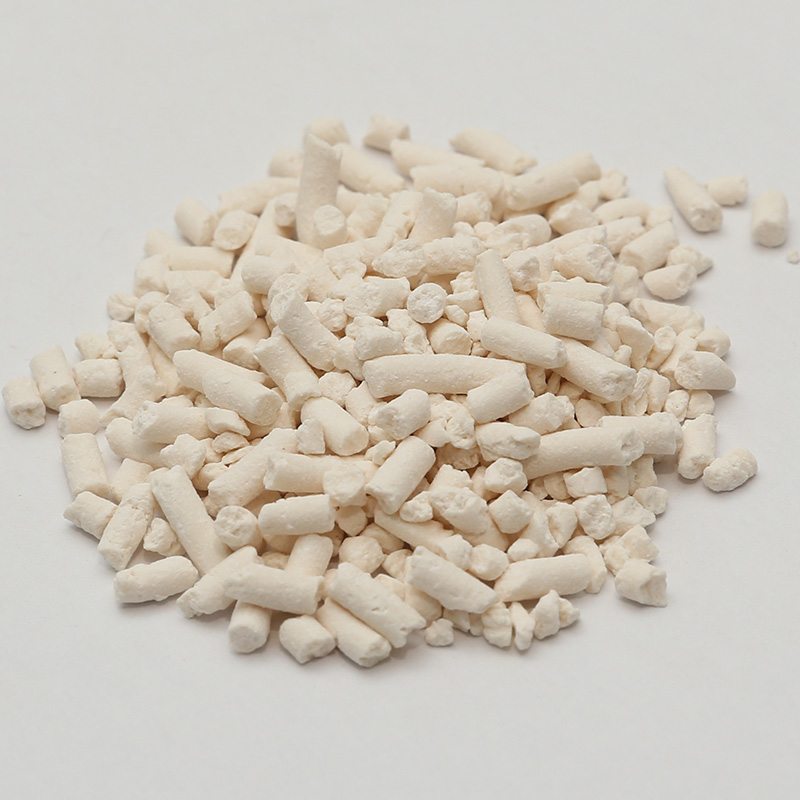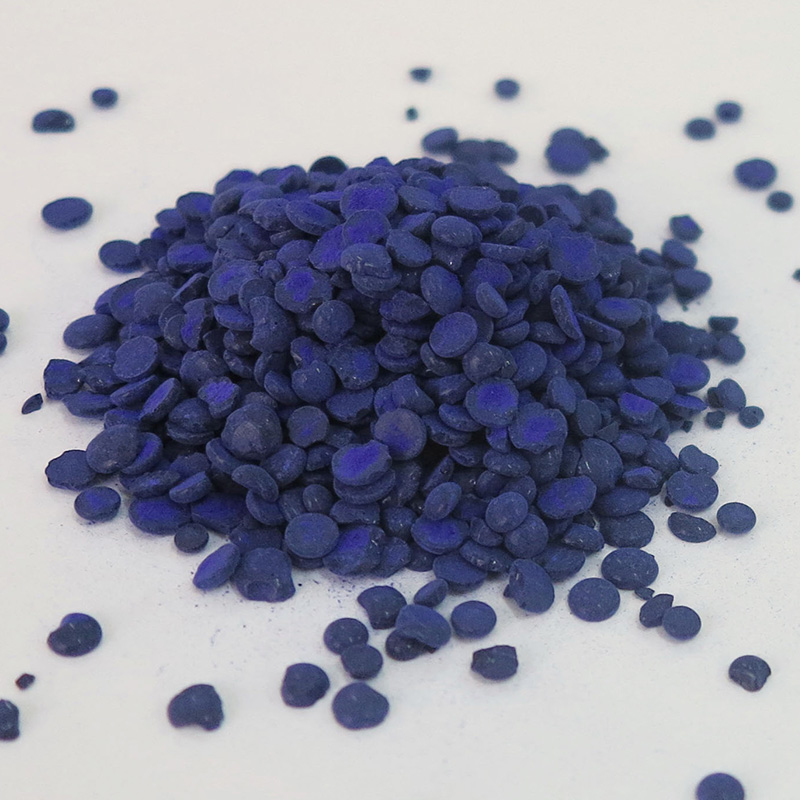The rubber industry has long relied on additives such as rubber antioxidant agents to improve the durability and performance of rubber products. These agents help protect rubber materials from aging and degradation caused by oxygen, heat, and ozone exposure. As global awareness about environmental impact grows, the antioxidant agent market is gradually evolving to align better with sustainability goals.
One noticeable change in the rubber antioxidant agent market is the increased demand for eco-friendly and non-toxic additives. Traditional antioxidant agents often contain chemicals that can be harmful to the environment if not managed properly. As regulations tighten and consumer preferences shift, companies in the rubber industry are exploring alternatives that reduce environmental impact without sacrificing the protective qualities needed for automotive tires, seals, and industrial components. This movement encourages innovation in producing safer, more biodegradable antioxidant agents.
Sustainability in the rubber antioxidant agent market also involves improving production processes to reduce waste and energy consumption. Manufacturers are investing in greener technologies and cleaner chemical synthesis methods. This approach lowers emissions and reduces the use of hazardous solvents and byproducts. By adopting these measures, the antioxidant agent market contributes to broader industry efforts to decrease the carbon footprint of rubber production and enhance overall sustainability.
Another trend is the increased use of natural and bio-based antioxidant agents. Derived from plant extracts and renewable resources, these antioxidants offer a more sustainable option compared to synthetic chemicals. Although natural rubber antioxidant agents may sometimes provide milder protection, advances in formulation techniques are helping improve their effectiveness. As a result, these bio-based agents are finding their way into products where environmental considerations are a priority, such as consumer goods, medical devices, and eco-friendly tires.
The shift towards sustainability also influences the way rubber antioxidant agents are integrated into products. Manufacturers are optimizing the amount of antioxidants used to avoid overuse while still achieving effective protection. This optimization reduces excess chemical load and helps extend the life of rubber products, which in turn lowers the need for frequent replacements and reduces waste.
Recycling and reusing rubber materials is another aspect shaping the rubber antioxidant agent market. When rubber is recycled, residual antioxidant agents may affect the quality of the new material. The market is responding by developing antioxidant agents compatible with recycled rubber or additives that enhance the properties of reclaimed materials. This development supports circular economy models in the rubber industry, reducing the reliance on virgin raw materials and promoting resource conservation.
Industry collaboration and regulatory support are also helping drive sustainable practices in the rubber antioxidant agent market. Guidelines and standards encourage the use of safer chemicals and transparency in ingredient sourcing. This encourages manufacturers to consider environmental factors from the design stage through production and disposal. Such cooperation helps create a more sustainable supply chain for rubber additives, benefiting both producers and end users.
The rubber antioxidant agent market is also adapting to challenges posed by environmental conditions such as climate change. For example, rising temperatures can accelerate rubber aging, increasing the need for more effective and environmentally friendly antioxidant agents. The market’s evolution involves developing agents that not only protect rubber better but also align with sustainability goals, helping products withstand harsher conditions without compromising eco-standards.
In summary, the rubber antioxidant agent market is evolving steadily to embrace sustainability goals through the development of eco-friendly additives, improved production processes, the use of natural agents, and support for recycling efforts. This transformation reflects a broader commitment in the rubber industry to reduce environmental impact while maintaining high standards of product performance. As sustainability continues to influence industry practices, the rubber antioxidant agent market will play a key role in shaping the future of durable and responsible rubber products.



 English
English Português
Português Español
Español русский
русский 中文简体
中文简体